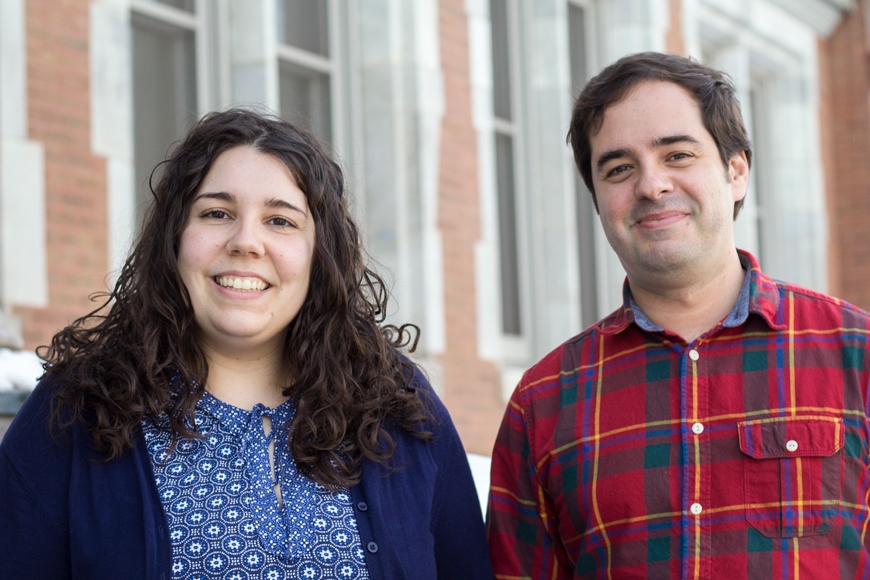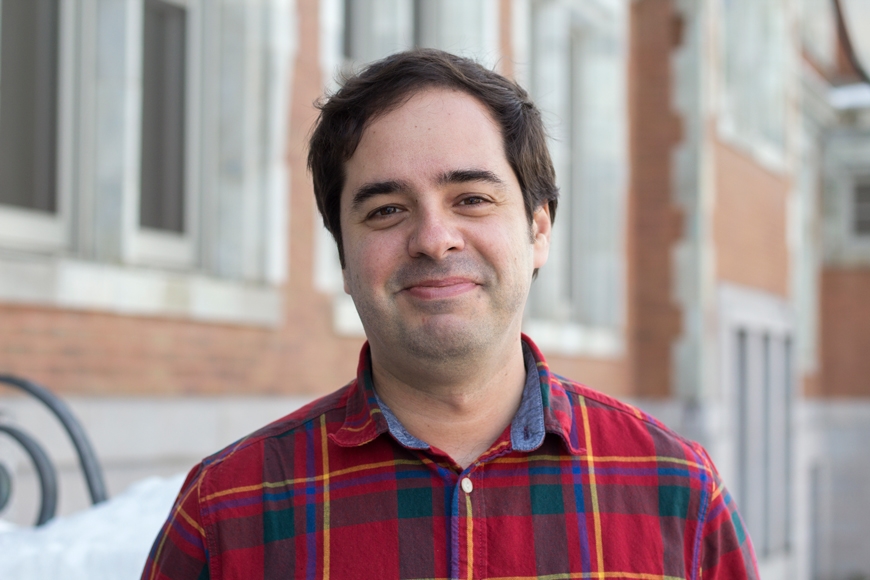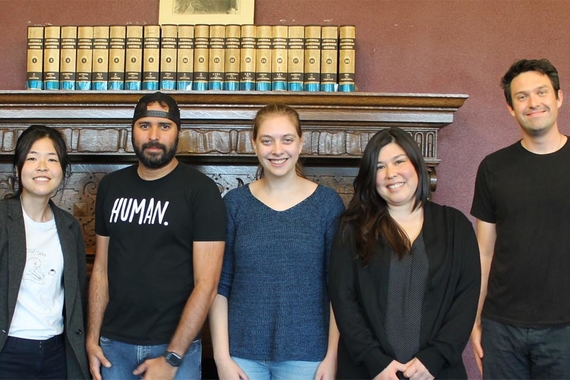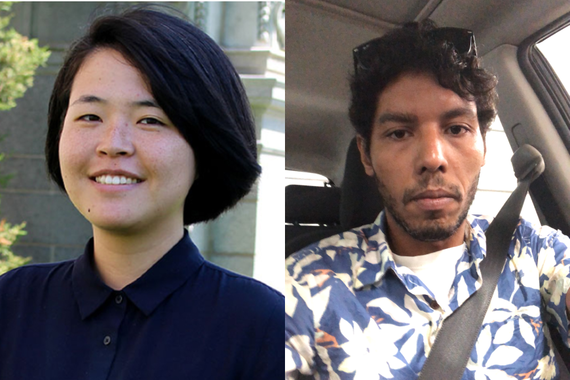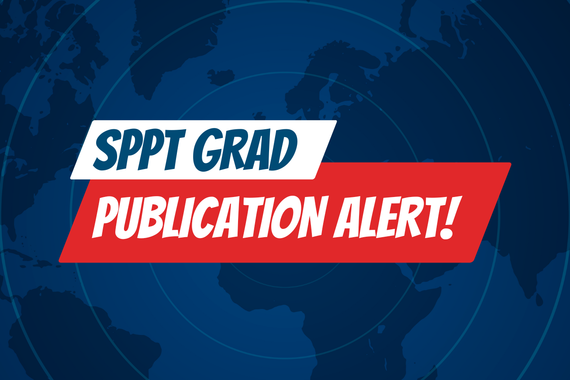A Fear of Empty Spaces
Did you know that there’s such a thing as a fear of empty spaces? Also known as horror vacui, this term was the central theme at the 5th annual graduate student conference that took place from March 30-31 in Coffman Memorial Union.
Mónica de la Fuente Iglesias and José Aguirre wanted to change the way people viewed academic disciplines among the Spanish and Lusophone worlds by acknowledging the existence of that fear. This dynamic duo led the 16-person Calambur organizing committee to host a conference called Horror Vacui: Calambur 5th Annual Graduate Student Conference.
Empty Spaces
The term horror vacui comes from Latin, meaning “a fear of empty spaces.” This year’s graduate student conference strived to synthesize “a Western tradition regarding the creation of and approach to different kinds of emptiness,” whether they be linguistic, cultural, political, or artistic voids.
The conference has gone against traditional norms since its start in 2014, in that it features presentations of both literature and linguistic research, an unusual feat for an academic conference because the two subjects are not typically discussed as overlapping units. De la Fuente and Aguirre wanted to bridge the gap between different disciplines beyond linguistics and literature as well, to cultivate a communal space for its participants. “We wanted to have a broad topic so that we’d have diversity in ideas and thinking for a more inclusive conference,” explains de la Fuente.
This was also the first year the conference has been given a name, Calambur, meaning “pun” or a “word game.” Calambur is a linguistic wordplay that is also used in literature to provide comedic relief, conceal a joke or insult, contribute to more creative language use, and even bring light to societal norms or issues. For example, graduate instructor Natalia Defiel discussed in her presentation how humor has been used as a tool to combat political repression and encourage people to “fight for a better world.”
The organizing committee decided to use the term Calambur to further contribute to the merging of both linguistic and literature research areas and give the conference a sense of identity and unity.
Other goals of the conference included promoting networking with peers and professors, providing students with opportunities to present original research, receiving and providing feedback on academic projects and ideas, and creating a multidisciplinary space for discussion.
Filling the Void
The presentations at the conference included: the construction and deconstruction of personal identity in contemporary Mexican science-fiction; Black activism in Brazil; contact between Afro-Dominican spoken English and Spanish; feminicide and other violence against women; silence in Brazilian contemporary folk music; neo-baroque silence in the work of Argentine poet Alejandra Pizarnik; clitic doubling of the direct object in Spanish spoken in Castilla La-Mancha; an analysis of bilingual and L2 Spanish writing; film representation of the Franco dictatorship in Spain; the Castilian epic poem Poema by Fernán González.
The scholars who presented at this conference also strived to raise awareness of forgotten stories and experiences within Latin America and Spain. “In conjunction with these discussions, the literature and culture scholars delivered presentations shedding light on unknown stories and experiences that are told in alternative or non-official ways such as the disappearance of populations in Latin America and omitted episodes from the Spanish Civil War archive,” explain de la Fuente and Aguirre.
In addition to the presentations, there was a screening of the documentary The Pearl Button or El Botón de Nácar by Patricio Guzmán, which is based on the forced disappearance of political opposition against the Chilean dictatorships and indigenous genocide at the beginning of the 20th century. The film exposes the cultures, customs, cosmovisions, and human beings that disappeared during this time and addresses testimonies of members of surviving native tribes and former political prisoners to show the magnitude of Chile’s past fiscal workings and developmental secrets. Professor Ana Forcinito moderated the panel discussion on the cinema of Patricio Guzmán that followed the screening.
The conference also featured two keynote speakers: Professors Manuel Díaz Campos from Indiana University-Bloomington and Yuri Herrera from Tulane University.
Díaz Campos presented his research that examined the behavior of social meanings of two variants of /r/ in Puerto Rican Spanish, while Herrera read a lead from his new book El Incendio de la Mina El Bordo. His book explores the story behind the dozens of miners that were trapped in a flaming mine in Pachuca, Mexico in 1920, and how an investigation of the incident exonerated the mine owners. Poet Roy Guzmán moderated the Q&A session.
This year, the conference had a record-breaking number of donors that made this event possible. The organizing committee extends their gratitude to all the donors, the Department of Spanish and Portuguese Studies, participants, and speakers for helping them fill the void of the different types of emptiness of the Spanish and Portuguese worlds.
“The conference allowed the general public and the University community to gain more understanding of the different dialects of Spanish and Portuguese and deal with notions of empowerment and activism in historically underrepresented groups, addressing their effectiveness as well as questioning what they mean in a postcolonial society, as well as learn about new research by graduate students internationally,” explains de la Fuente Iglesias and José Aguirre.
This story was written by an undergraduate student in CLA.
